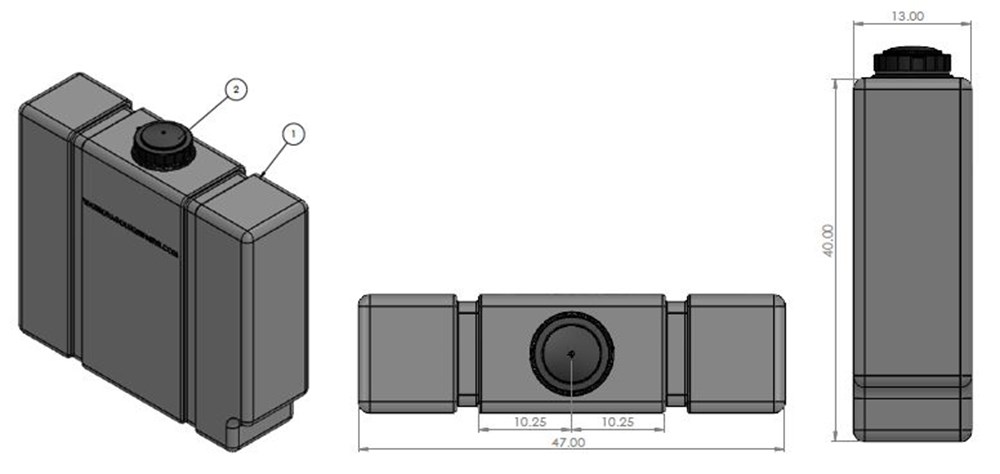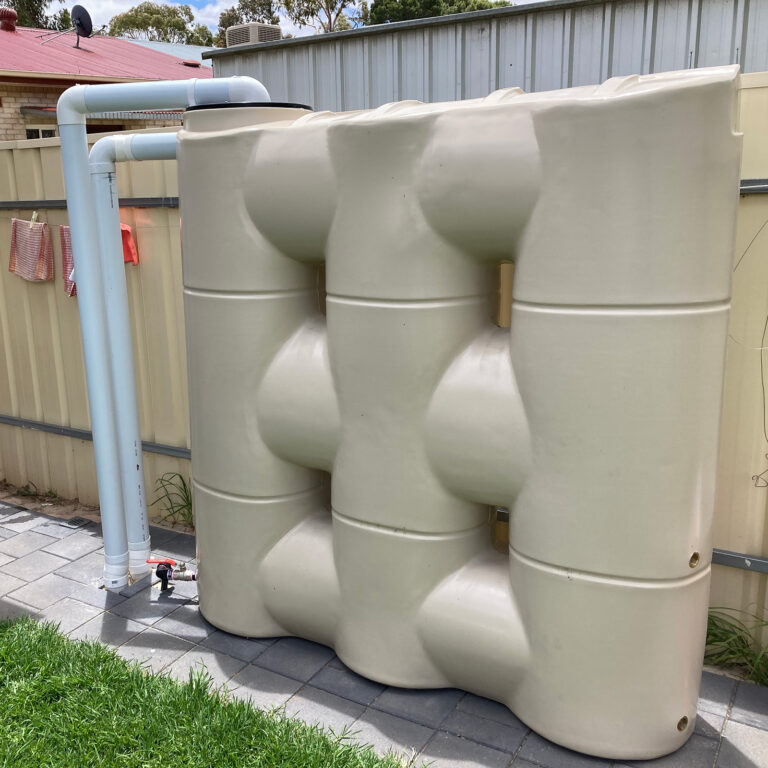High-Quality Slimline Water Tanks: Reliable and Space-Efficient Solutions
High-Quality Slimline Water Tanks: Reliable and Space-Efficient Solutions
Blog Article
Revealing the Conveniences of Rain Storage Tanks in Decreasing Water Bills and Ecological Influence
In a globe where sustainability and cost-efficiency are increasingly vital, the use of rain containers provides a practical and ecologically aware service. The advantages of integrating rainwater containers right into household or business properties extend beyond mere water expense reductions. By exploring the complex benefits of such systems, one can reveal a riches of understandings into how they add to an extra sustainable future while favorably affecting both financial resources and the atmosphere.
Expense Savings Via Rainwater Storage Tanks
When considering the application of rainwater tanks, substantial cost savings can be accomplished via efficient water monitoring techniques. Rainwater collecting uses a sustainable option that not just minimizes water bills yet likewise reduces the strain on municipal water resources. By catching and saving rainwater for different non-potable uses such as watering, commode flushing, and laundry, houses and services can considerably reduce their reliance on treated water from the grid, causing substantial price savings gradually.
One of the key cost-saving advantages of rainwater containers is the reduction in water energy expenses. By using collected rainwater for activities that do not require drinkable water, such as watering gardens or cleaning autos, individuals can reduce their general water intake from the keys supply, causing lowered water bills. Additionally, rainwater tanks can aid minimize the impact of water constraints or dry spells by offering an alternative water resource for crucial jobs, ensuring connection in water supply without sustaining too much expenses. On the whole, spending in rainwater tanks can cause long-lasting economic cost savings while promoting water preservation and sustainability.

Environmental Impact Reduction
Carrying out rain containers not just causes expense savings yet likewise adds dramatically to lowering the ecological effect related to water intake. By catching rain that would certainly otherwise run off into tornado drains pipes, rainwater containers help relieve stress on standard water resources like rivers and tanks. This reduced need for municipally dealt with water results in energy financial savings and a decrease in the carbon footprint linked with water treatment and circulation processes.
Moreover, utilizing rainwater for tasks such as horticulture, irrigation, and washing decreases the need for making use of treated water for non-potable objectives. This preservation of safe and clean water assists in protecting water sources for important usages and minimizes the energy-intensive procedures associated with dealing with water to satisfy alcohol consumption requirements.

Water Bill Decrease Benefits
The setup of rain storage tanks provides substantial financial advantages through reductions in water expenses. By accumulating and keeping rain for different family uses, such as sprinkling yards, flushing toilets, or doing laundry, property owners can substantially reduce their dependence on the community supply of water. This, in turn, brings about a visible drop in water consumption from typical resources, leading to reduced water bills at the end of each invoicing cycle.
Rainwater is a free and sustainable resource that can supplement or even change the need for utilizing cured water for non-potable purposes. As a result, households with rainwater tanks can see a considerable decline in their overall water expenses gradually. In addition, during periods of water limitations or dry spell, having a rain tank can provide a beneficial alternative water resource, additional decreasing the reliance on costly metropolitan water supplies.
Essentially, buying a rain tank not just adds to ecological conservation but additionally offers tangible economic advantages by reducing water costs and advertising long-lasting expense savings for house owners.
Lasting Water Monitoring Solutions
Offered the economic advantages and decreased reliance on local water supplies that rainwater storage tanks offer, checking out sustainable water management remedies ends up being a logical following action for house owners wanting to enhance their water usage. Lasting water administration includes executing practices that efficiently and properly utilize water resources while lessening wastage and ecological impact. Rainwater harvesting, which includes gathering and storing rainwater for later usage, is a key part of sustainable water administration. By using rainwater storage tanks to catch and store rain, homeowners can reduce their dependence Read Full Report on traditional water sources, such as community products or groundwater, thus contributing to water preservation efforts.

In enhancement to rainwater harvesting, lasting water management solutions may consist of executing water-efficient appliances, fixtures, and landscaping practices - Slimline water tanks. Installing low-flow commodes, showerheads, and taps can substantially reduce water usage within homes. In addition, incorporating drought-resistant plants and using clever watering systems can help minimize water usage for outdoor landscape design. By adopting these lasting water monitoring approaches, house owners can not just enhance their water use yet additionally add to environmental conservation and minimize their water expenses in the lengthy run.
Community Water Resource Conservation

In addition, community participation can include the execution of water-saving modern technologies and techniques on a bigger range. Motivating the fostering of rainwater tanks, greywater recycling systems, and efficient irrigation methods within areas can result in substantial decreases in water intake. In addition, fostering a sense of cumulative obligation for water preservation can advertise sustainable habits and methods among community members.
Additionally, area water resource conservation efforts can lead the method for stronger bonds among locals and a common commitment to ecological stewardship. By collaborating to protect and protect water sources, communities can add significantly to an extra lasting and durable future.
Conclusion
To conclude, rain storage tanks offer significant cost financial savings, ecological advantages, and contribute to lasting YOURURL.com water monitoring options. By decreasing water costs, conserving water sources, and lessening ecological impact, rainwater containers play an important role in advertising water preservation and sustainability - Slimline water tanks. Their execution not just benefits individual households yet additionally adds to right here the more comprehensive goal of community water source monitoring and conservation
Report this page